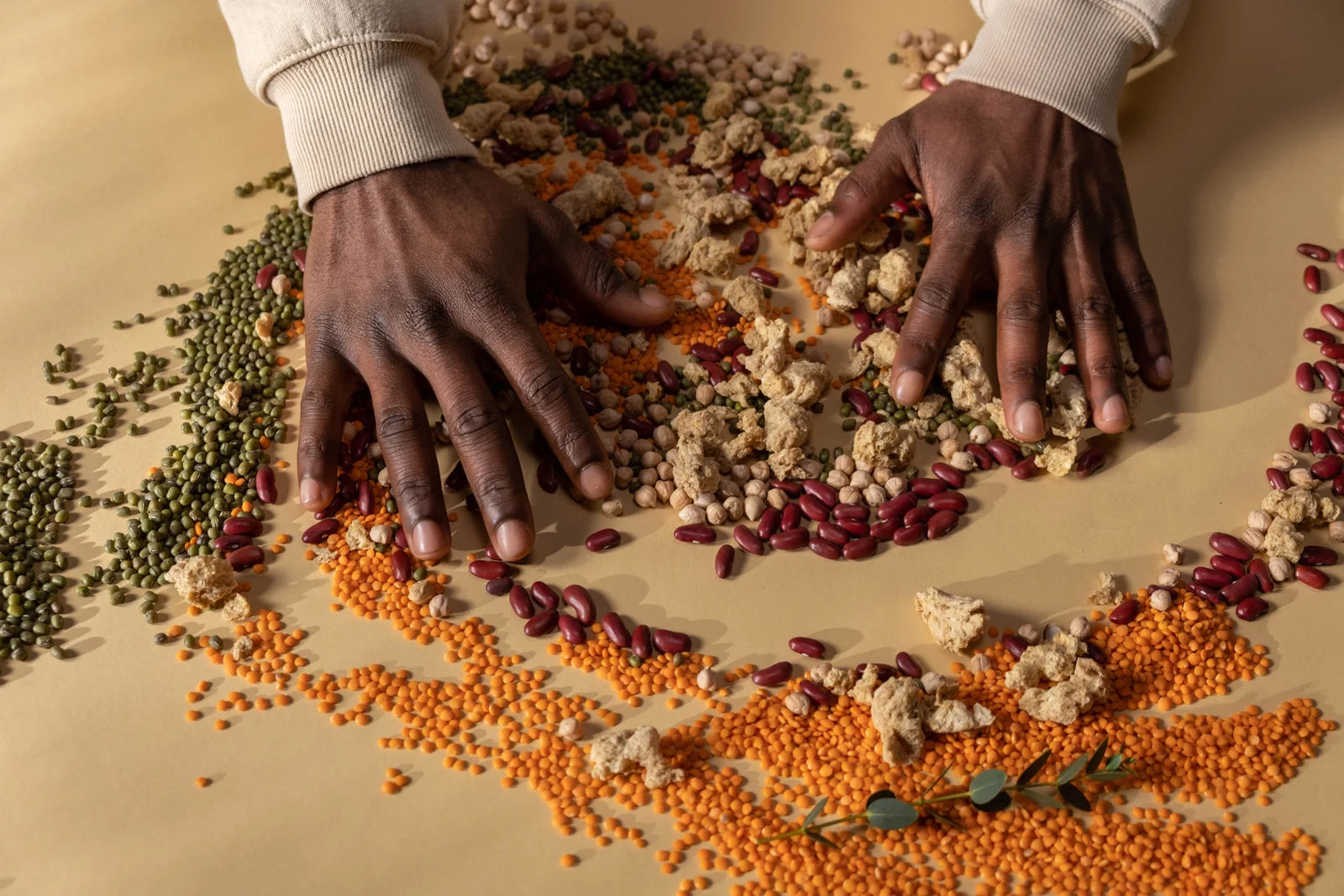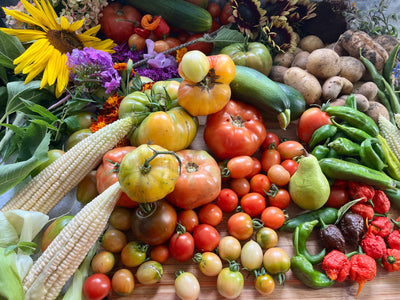In an era where sustainable living is gaining momentum, seed saving has emerged as a valuable skill for gardeners and enthusiasts alike. The practice of saving seeds from your existing plants not only allows you to preserve the genetic diversity of your favorite varieties but also ensures a sustainable supply for future seasons. Seed Armory is here to guide you through the process, enabling you to take control of your gardening journey and contribute to a more resilient and self-reliant food system.
The Importance of Seed Saving
Before diving into the techniques of seed saving, let's understand why it matters. Seed saving is an ancient practice that played a vital role in human survival and the development of agriculture. However, with the advent of industrialized agriculture and commercial seed companies, this skill has been somewhat forgotten. By saving seeds, you become a steward of biodiversity, preserving heirloom and open-pollinated varieties that might otherwise be lost. Moreover, seed saving empowers you to adapt and select for traits best suited to your local growing conditions, ensuring more resilient plants in the long run.

Choosing the Right Plants for Seed Saving
Not all plants are suitable candidates for seed saving. Some are easier to save seeds from than others, and certain plants, such as hybrid varieties, may not produce true-to-type offspring. To ensure a successful seed-saving endeavor, it's important to select plants that are open-pollinated or heirloom varieties. These plants will consistently produce offspring with traits similar to the parent plant. It's also wise to start with plants that are naturally self-pollinating, as they are less likely to cross-pollinate with neighboring plants and maintain the genetic purity of the seeds.
Basic Seed Saving Techniques
Now that you have chosen the right plants, let's explore the basic techniques of seed saving:
Harvesting: Allow your selected plants to fully mature and produce seeds before harvesting. Seeds are generally ready for collection when the fruit has ripened or when the seed heads have dried on the plant.
Cleaning: Remove the seeds from the fruit or seed heads and separate any debris. For wet-seeded plants, like tomatoes, fermentation is often employed to remove the gel coating. Dry-seeded plants, such as beans, can be threshed or shaken to separate the seeds from the pods.
Drying: Once cleaned, spread the seeds in a single layer on a paper towel or a screen to dry thoroughly. Proper drying prevents mold or rot and ensures the longevity of the seeds.
Storage: Once the seeds are completely dry, store them in a cool, dark, and dry place. Use airtight containers, such as glass jars or sealed envelopes, and add desiccants like silica gel packs to absorb any excess moisture.

Advanced Seed Saving Techniques
For those looking to expand their seed saving skills, there are advanced techniques worth exploring:
Isolation: To prevent cross-pollination, consider isolating different plant varieties by distance, time, or physical barriers. This helps maintain the purity of the saved seeds and ensures they retain the desired characteristics.
Seed Viability Testing: Over time, seeds may lose their ability to germinate. Conducting periodic viability tests helps you determine the germination rates of your stored seeds, enabling you to prioritize their use or plan for new seed acquisitions.
Seed Bank Participation: Engaging with local or regional seed banks and seed exchange networks can enhance your seed-saving efforts. These organizations facilitate the exchange of locally adapted seeds, contributing to the preservation and diversity of plant genetics.
Seed saving is a rewarding practice that empowers individuals to be more self-reliant and contribute to the preservation of plant diversity. By implementing the techniques outlined above, you can create a sustainable seed supply that adapts to your unique growing conditions year after year. So, embrace the role of a seed steward, join the growing community of seed savers, and secure the future of our food system one seed at a time. Let Seed Armory be your guide on this remarkable journey towards self-sufficiency and sustainability. Happy seed saving!











